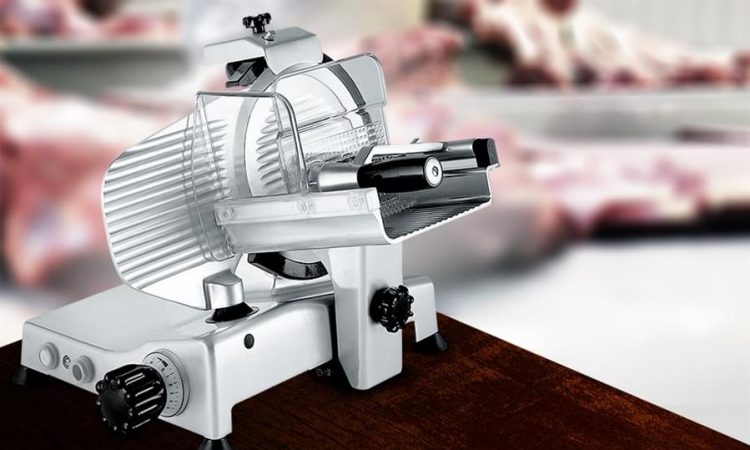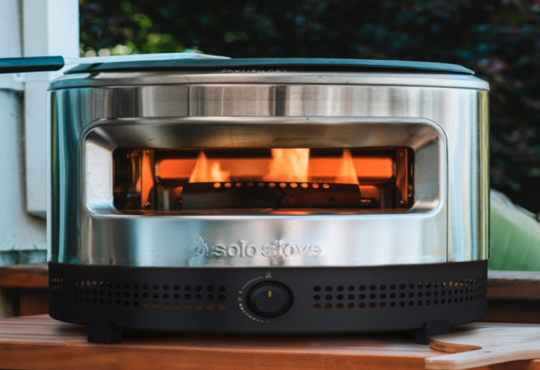
If you are a meat lover, a frozen meat slicer is one of your essential kitchen tools. It can slice meat fast and precisely, which is important for making the perfect meal.
The best models can also be used to cut cheese, deli products, bread, vegetables, and fruit. But which ones are the best?
Defrost & Thaw Your Meat
Whether you’re making beef jerky or slicing up meat for a quick dinner, it’s important to defrost and thaw your frozen meat before slicing. This can take some time, but if you do it right, you can get tasty slicing results that you can enjoy!
Refrigerator
The best way to thaw your MeatYourMaker Coupon Code is in the refrigerator. This is a safe and convenient way to thaw meat, and it keeps bacteria from growing in the freezer.
Another method is to thaw your meat in cold water. This is an especially good choice if you have a lot of frozen meat, as it can be defrosted much faster than in the refrigerator.
When thawing your meat, be sure to place it on a plate or baking sheet so any moisture can’t drip onto other food in your fridge. This can lead to cross-contamination and food poisoning.
Sharpen Your Blades
Keeping your slicer blade sharp can be an easy way to improve your slicer’s performance. A dull blade can cause uneven cuts and increase product waste.
To sharpen your blades, you need to be sure to follow the manufacturer’s instructions. This will ensure that you get a sharper blade and that your slicer continues to perform at its best.
Before you start sharpening your blades, you need to make sure that the area around your slicer is clean and free from any food debris. You can use a scrub brush or pad to do this.
Sharpening Oil
After you have cleaned the blade, you need to dress it with some sharpening oil. This will prevent food particles from transferring to the sharpener, and it will enhance the formation of a keen edge on your blades.
Next, you need to grind the blade against the sharpening stone. You should stop the machine after 30 seconds and repeat the process a few times.
Clean Your Slicer
Whether you use your slicer for commercial or home purposes, it’s important to regularly clean and maintain it. This can help extend its lifespan and prevent bacterial growth.
To clean your slicer, you’ll need to disassemble it and wipe down its parts thoroughly. This includes removing the blade, food tray, product pusher, and carriage.
You may also need to remove the knife sharpener, depending on your slicer model. Once you’ve removed all the pieces, bring them to a sink with hot water and detergent.
Once the parts are clean, you can use a meat slicer sanitizing spray to ensure your machine is safe to work with and pass health inspections.
During cleaning, you should focus on areas that collect large amounts of food debris like the blade, gaskets, joints, slicer handle, and blade guard. These are more difficult to reach, so you need to take the time to thoroughly clean them. This will also let you identify any broken or chipped parts.
Enjoy Your Meal
A meat slicer will allow you to serve up a delicious meal quickly and easily. This kitchen appliance can also be used to slice fruits and vegetables for salads, sandwiches, and dried snacks.
However, you should be careful to choose a frozen meat slicer that is suitable for your needs and fits your budget. You should also consider the size of the slicer and the power it has.
First of all, you should defrost the meat before using it in the slicer. Putting it in water to thaw it is one of the easiest ways to do so.
Final Words:
Another important tip is to remove all the bones from the meat before cutting it into desired pieces. This will ensure that the blades don’t damage the meat.
If you want to save money on processed food, buying slabs of meat and cheese and slicing them yourself is a smart move. This will save you a lot of money on your food bill, and it can be done at home with the right equipment.








